A blog I have scoured through and read fairly frequently is updated by John Kricfalusi, who is known most for Ren and Stimpy. His blog is very informative, and he gives very good opinion on a lot of different things involving animation. What’s really great is he’ll throw up clips from different segments of cartoons, breaking down all the key poses and analyzing different aspects of the actions. He’ll talk about things like anticipation, follow-through, secondary motion, etc. what are some good things to keep in mind and what are some not so good things. Certain pitfalls animators can easily fall into, not excluding other sides of the dice like character design, background layouts, color use, and much more.
Even though he mostly focuses on 2d flat-screen animation, a lot of concepts can and should be applied to 3d, and by extension of that also applied to the dome setting. Things can be a lot tougher for animating characters in domes, such as having strong silhouettes, staging, and subtleties and perception of close ups. Enough of my rambling though, here’s the link:
John K. Stuff
I should also probably note that even though we share the same first and last initials, and both have tough last names to pronounce (his probably more than mine I think); its not the only reason I read and enjoy his blog!
 Last week we spent about 4 hours in the trenches at Trailblazers Studios in Raleigh rerecording the voice of Jack for our latest production – Magic Tree House: Space Mission. Will Osborne, who wrote the script, worked with 11 year old Blake Pierce to bring out a newer, slightly older sounding Jack that will more accurately portray what Jack would really sound like. It took Blake a few minutes to get warmed up and comfortable (it was his first official acting job, after all) but with Will’s help and great demeanor, Blake morphed into Jack before our eyes and busted out his lines like a pro.
Last week we spent about 4 hours in the trenches at Trailblazers Studios in Raleigh rerecording the voice of Jack for our latest production – Magic Tree House: Space Mission. Will Osborne, who wrote the script, worked with 11 year old Blake Pierce to bring out a newer, slightly older sounding Jack that will more accurately portray what Jack would really sound like. It took Blake a few minutes to get warmed up and comfortable (it was his first official acting job, after all) but with Will’s help and great demeanor, Blake morphed into Jack before our eyes and busted out his lines like a pro.

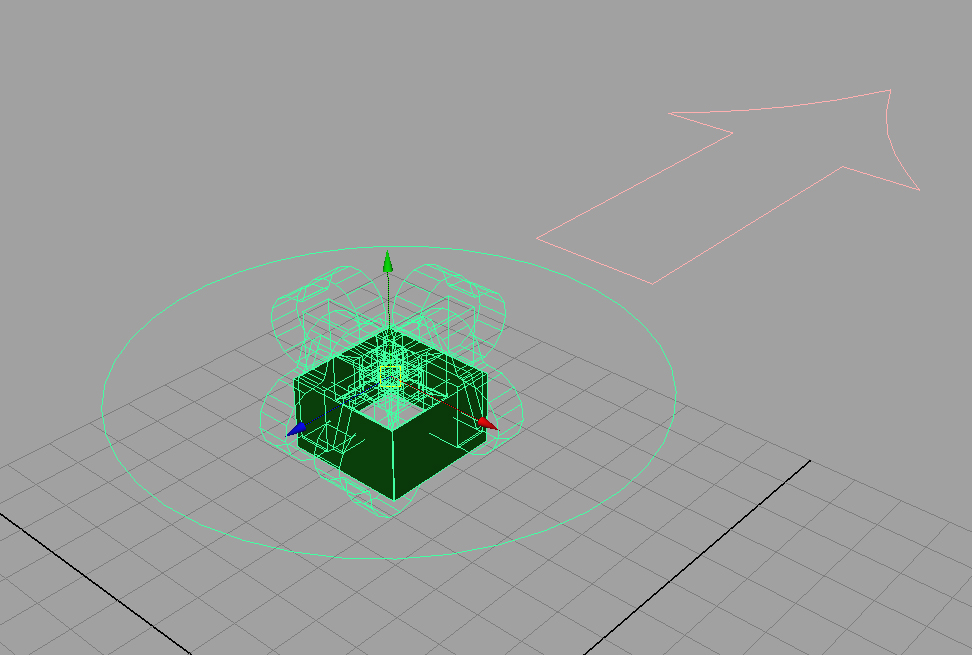
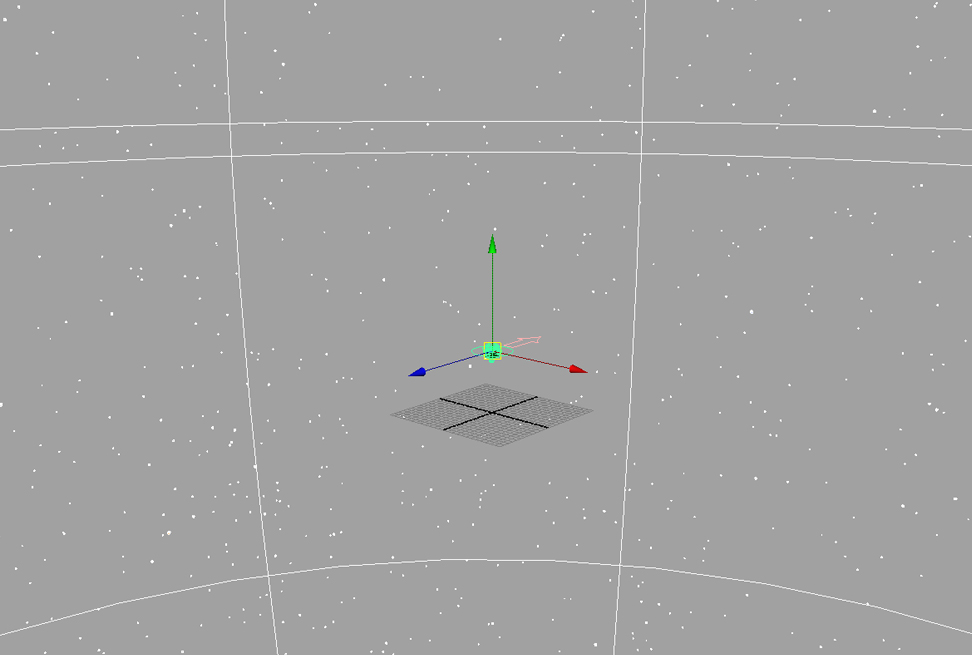
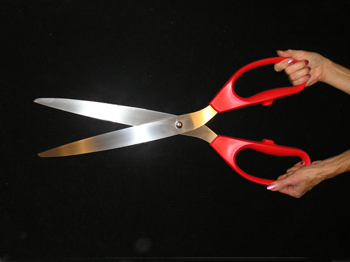
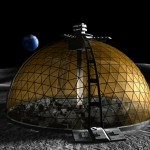
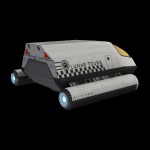
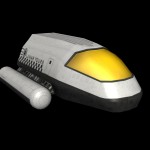
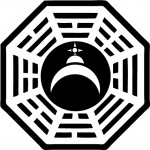


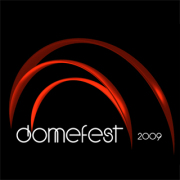 David Benning over at the ARTS Lab at University of New Mexico just announced that DomeFest 2009, which had been postponed from June to an undetermined date, will happen after all. The dates set are September 25-27 2009 and it will be located at UNM in Albuquerque. Similar to previous years, there will a Juried Show, full show screenings, technical and production talks.
David Benning over at the ARTS Lab at University of New Mexico just announced that DomeFest 2009, which had been postponed from June to an undetermined date, will happen after all. The dates set are September 25-27 2009 and it will be located at UNM in Albuquerque. Similar to previous years, there will a Juried Show, full show screenings, technical and production talks.